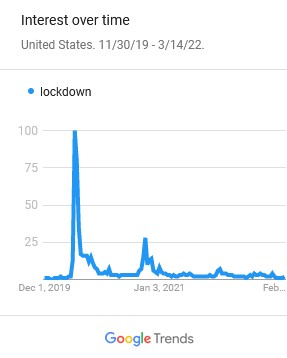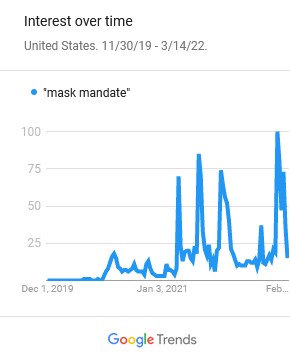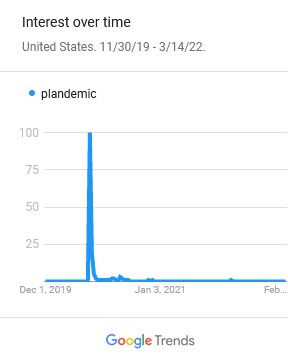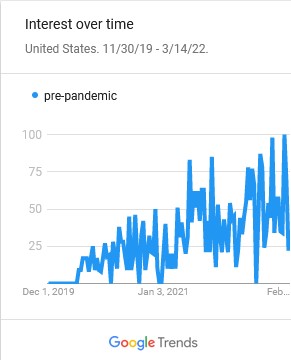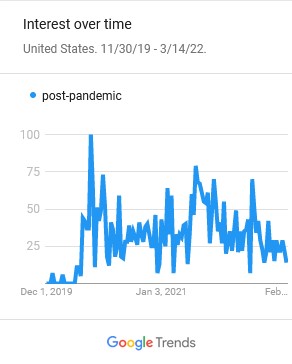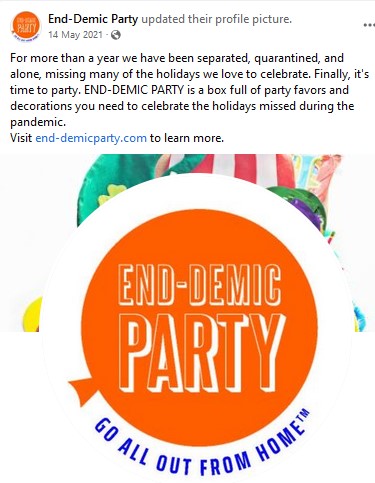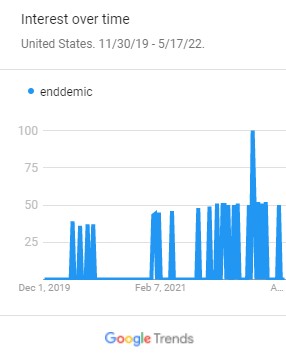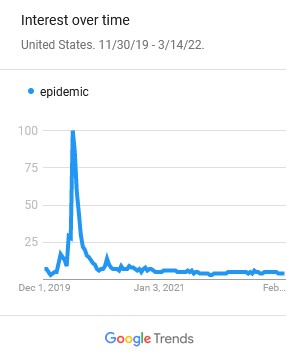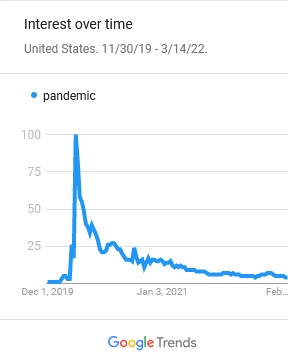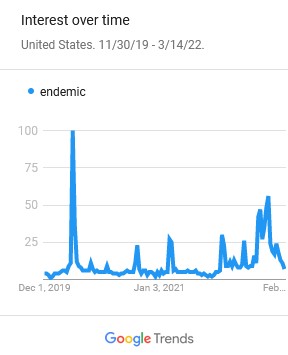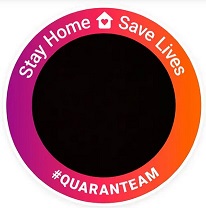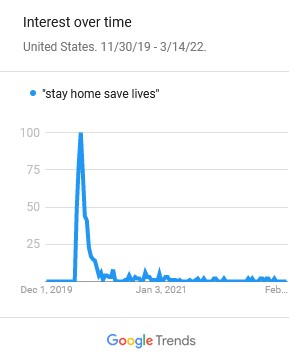The hospital mask, long the domain of surgeons and operating theaters, was synonymous with personal safety and became a symbol of virtue and of the times we live in.
Shortly after the pandemic arrived in the United States, the CDC recommended wearing masks to lessen the transmission of coronavirus on April 3, 2020. This was in addition to social distancing and personal hygiene recommendations. Over the course of the next two years, masks were mandated on airplanes, public transport, in schools, hospitals and for a time, retail stores. Only in recent months have mask mandates been lifted and, according to Wikipedia, “by April 2022, nearly all state-level mask mandates had been lifted, although the mask mandate for public transport was to remain in place until May 3.”
The N95 respirator mask is highly recommended by doctors and hospitals because it filters 95% of airborne particles. The CDC states that “if worn properly, a surgical mask is meant to help block large-particle droplets, splashes, sprays, or splatter that may contain germs (viruses and bacteria), keeping it from reaching your mouth and nose. Surgical masks may also help reduce exposure of your saliva and respiratory secretions to others” (FDA).
As the pandemic continued for months on end, masks became the new normal and it was inevitable they’d find their way into the world of fashion. British designer Patrick McDowell Gosh describes the plain mask as “so boring – just a white sheet mask, because now I wear a blue silk one which I made, then I have a pink one…Like anything in fashion, if you like what you’re wearing, you feel better don’t you?” Hermione de Paula, owner of a bridal business, said “As face masks have evolved into our new normal, we received an overwhelming amount of messages requesting if we could create them for our followers – and not just brides” (Bumpus).

There were occasional supply shortages of masks so people turned to the internet to find tutorials on how to make them using simple household materials. In doing so, many discovered the lost art of sewing with needle and thread. Here is one YouTube video that gives a tutorial on how to make a mask:
Some people choose to double mask where they choose to wear two masks for extra protection due to the increased. Another advantage of double-masking is that the outer mask “can apply gentle pressure to the edges of the inner mask. When this happens, the inner mask fits more closely against your skin and creates a better seal” (Seladi-Schulman).
Like our wallet, phone and keys, one never left home without a mask. I lost track of the number of times I went to the store only to realize I left my mask and had to go back to the house to retrieve it.
Social Media Trends as of May 17, 2022
Facebook #facemask: 867,000 people are posting about this
Instagram #facemask: 7,934,182 posts
TikTok #facemask: 6.9 billion views
YouTube #facemask: 71,000 videos and 33,000 channels
Google Trends: the popularity for mask reached its peak during the week of April 5, 2020 which coincided with the time the CDC recommended the wearing of face masks. One reason for its popularity is that not everyone could get hold of a mask due to supply shortages so it was important to learn how to make one. Though not as effective as N95 surgical masks, they were required to enter places of business and while traveling on public transport.

Sources:
Bumpus, Jessica. “How face masks became the symbol of 2020.” HarpersBizarre.com. August 24, 2020. URL: https://www.harpersbazaar.com/uk/fashion/a33742806/how-face-masks-became-the-symbol-of-2020/.
“Face masks during the COVID-19 pandemic in the United States.” Wikipedia. URL: https://en.wikipedia.org/wiki/Face_masks_during_the_COVID-19_pandemic_in_the_United_States.
Image Devices Stock. “Doctor mask and corona virus protection isolated on a white background. Medical protective mask on white background, Prevent Coronavirus, protection factor for virus . 3d render.” Shutterstock.com. Standard License. Royalty-free stock vector ID: 1837231141.
“N95 Respirators, Surgical Masks, Face Masks, and Barrier Face Coverings.” U.S. Food and Drug Administration. September 15, 2021. URL: https://www.fda.gov/medical-devices/personal-protective-equipment-infection-control/n95-respirators-surgical-masks-face-masks-and-barrier-face-coverings.
Nanay Exspress. “5 Minutes! FAST and EASY Way to Make Face Mask”. YouTube. Jan 2, 2021. URL: https://www.youtube.com/watch?v=W05R_aU9J1g.
Seladi-Schulman, Jill. “Should You Be Double Masking?” Healthline.com. March 4, 2021. URL: https://www.healthline.com/health/double-masking.

